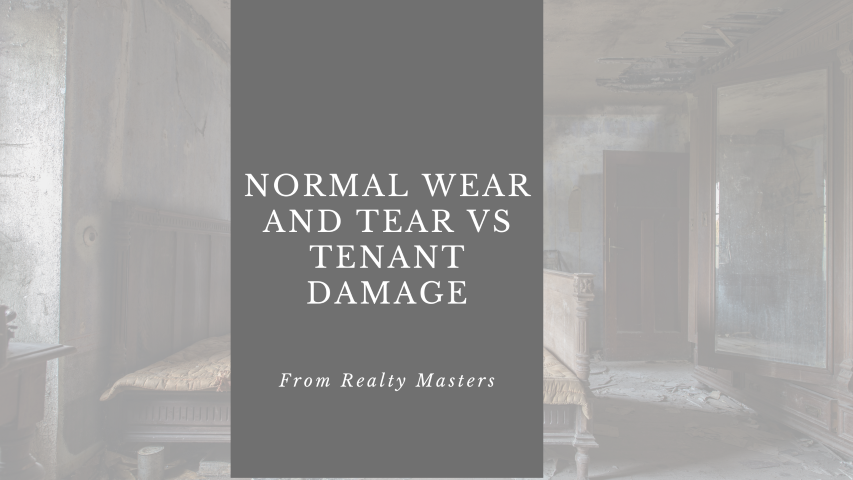Determining the difference between normal wear and tear and tenant-caused damage is a frequent topic of discussion in property management. As a company, we strive to be fair to both our owners and tenants, which is why we continuously research industry standards to ensure our guidelines are aligned with best practices. Most recently, we reviewed our policies alongside the U.S. Department of Housing and Urban Development (HUD), which states that “the costs an owner incurs for the basic cleaning and repairing of such items necessary to make a unit ready for occupancy by the next tenant are part of the costs of doing business.” In this article, we’ll break down what constitutes normal wear and tear versus tenant damage and what that means for landlords and renters.
Some items HUD identifies normal wear and tear are
- Fading, peeling, cracked paint
- Small chips in the plaster
- Nail holes, pinholes, cracks in walls
- Door sticking from humidity
- Carpet faded or worn from walking
- Partially clogged sinks caused by aging pipes
- Dirty or faded lamp or window shades
Tenant caused damages usually cost more to fix and go beyond normal wear and tear items likely a result of a tenants' negligence or abuse.
Some examples from HUD are:
- Gaping holes in walls or plaster
- Chipped or gouged wood floors
- Doors ripped of hinges
- Holes, stains or burns in the carpet
- Clogged or damaged toilet from improper use
- Torn, stained, or missing lamp and window shades
See the attached HUD document and review Appendix 5C and 5D for more information on normal wear and tear as well as a sample life expectancy chart.


